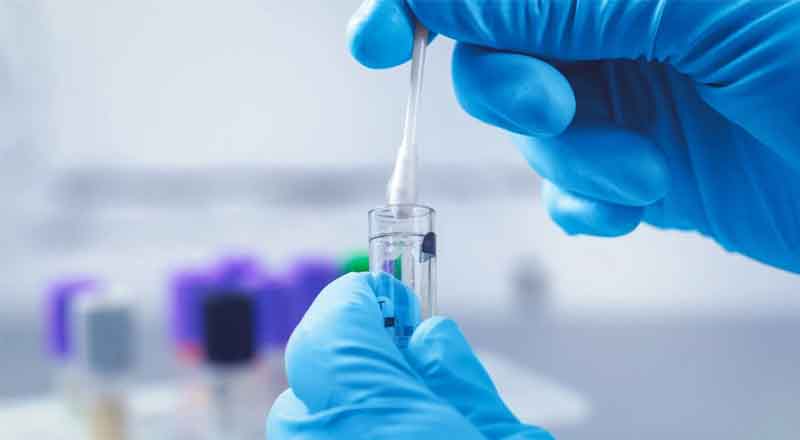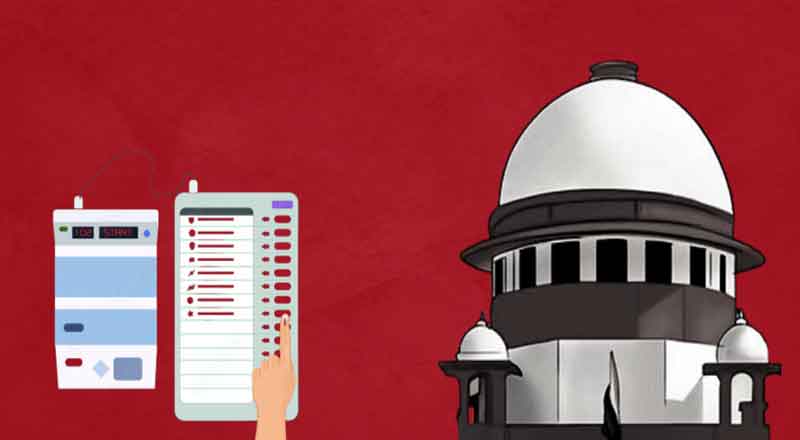Following the US’ increase in the coronavirus (COVID-19) testing capacity;
Dara Lo, Medical Device Analyst at GlobalData, a leading data and analytics company, offers her view:
“In the past week, the US has utilized a mix of public and private labs to expand its testing capacity to 100,000 tests per day. Yet, per capita, that is only 305.6 tests per million people each day – a paltry number when compared to Germany, who is expected to become the global leader in COVID-19 testing at 8,063 tests per million people.
“Despite this expansion in testing capacity, lab testing in the US is expected to face serious roadblocks due to worsening shortage in hospital supplies, such as masks, gowns, and other gear health care works need for protection.
“One solution is rapid, point-of-care diagnostic tests, such as the recently launched five-minute test by Abbott Laboratories. Another solution is including a COVID-19 test in standard screening panels for the flu and other respiratory viruses, such as the BIOFIRE COVID-19 test by BioMérieux, a prominent manufacturer of the popular respiratory panel test BIOFIRE FilmArray, which tests for 21 viruses and bacteria.
“Another emerging issue is the growing backlog of tests. Last Saturday, of the 83,800 tests in California, results were available for only 27,251 tests, according to the California Department of Public Health, meaning that two out of every three people tested for COVID-19 in California do not know their results.
“Quest Diagnostics, one of the nation’s largest commercial labs, is facing a backlog of tests. Even with its expansion to 30,000 tests a day, average turnaround time is four to five days for results. On April 1, Quest was backlogged with approximately 115,000 COVID-test orders waiting to be processed. And despite this increased need for testing capacity, Quest faced an 8.8% decline in job postings between the month of December and February, signaling that not only do labs have to contend with reagent shortages due to the disruption in the supply-chain because of COVID-19, but that there are no reinforcements on the way in terms of expanding trained personnel needed to run the tests.”





